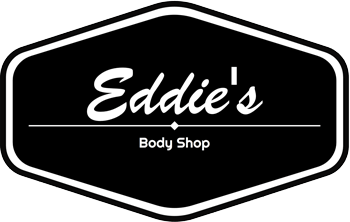When it comes to maintaining the appearance and functionality of your vehicle, understanding the difference between collision repair and paint repair is crucial. While both types of repairs focus on restoring your vehicle’s aesthetics, they serve different purposes and require unique skills and techniques. In this article, we will delve into the distinctions between collision repair and paint repair, helping you make informed decisions about your vehicle’s care.
Collision Repair: Restoring Structural Integrity
Collision repair primarily focuses on repairing damage caused by accidents or collisions. This type of repair is essential for restoring your vehicle’s structural integrity and ensuring its safety on the road. Collision repair typically involves fixing dents, replacing damaged panels, aligning the frame, and addressing any mechanical issues resulting from the impact.
Key Aspects of Collision Repair:
- Structural Repairs: This involves addressing any damage to the frame or structure of the vehicle to ensure it is safe to drive.
- Panel Replacement: Damaged panels are removed and replaced with new ones to restore the vehicle’s exterior.
- Mechanical Repairs: Collision damage can affect the mechanical components of the vehicle, such as the suspension or alignment, which need to be realigned or replaced.
- Safety Concerns: Collision repair focuses on ensuring that the vehicle is safe to operate by addressing any structural or mechanical issues.
Paint Repair: Enhancing Aesthetics
Paint repair, on the other hand, is primarily focused on restoring your vehicle’s appearance by addressing issues such as scratches, chips, and fading paint. While paint repair does not involve repairing structural damage, it plays a crucial role in maintaining your vehicle’s resale value and overall aesthetic appeal.
Key Aspects of Paint Repair:
- Paint Touch-Ups: Small scratches and chips are filled in and painted over to blend seamlessly with the rest of the surface.
- Repainting Panels: For larger areas of damage or fading paint, repainting specific panels or sections of the vehicle may be necessary.
- Color Matching: A skilled technician will ensure that the new paint matches the existing color of the vehicle for a seamless finish.
- Protective Coatings: Applying clear coats or protective coatings can help maintain the integrity of the new paint and protect it from environmental damage.
Making Informed Decisions for Your Vehicle
Understanding the differences between collision repair and paint repair is essential for making informed decisions regarding your vehicle’s maintenance and repair needs. Whether your vehicle has been involved in an accident or requires cosmetic touch-ups, knowing when to opt for collision repair or paint repair can help prolong its lifespan and enhance its overall appearance.
If your vehicle has sustained damage from a collision, it is crucial to seek professional collision repair services to ensure that all structural and safety issues are addressed effectively. On the other hand, if your vehicle’s paint is showing signs of wear and tear, investing in paint repair can help restore its shine and protect it from further damage.
Final Thoughts
While collision repair focuses on restoring the structural integrity of your vehicle after an accident, paint repair is geared towards enhancing its appearance and addressing cosmetic imperfections. Both types of repairs are vital for maintaining the overall condition and value of your vehicle. By understanding the distinction between collision repair and paint repair, you can make informed decisions about the best course of action for your vehicle’s specific needs. Remember, investing in quality auto repair services today can save you time and money in the long run by preserving the longevity and performance of your vehicle.


